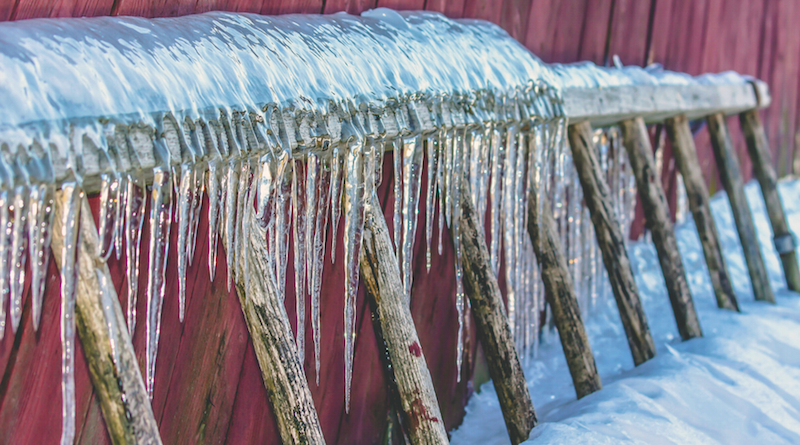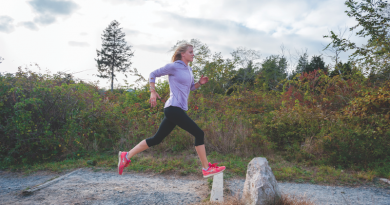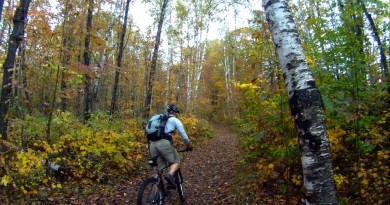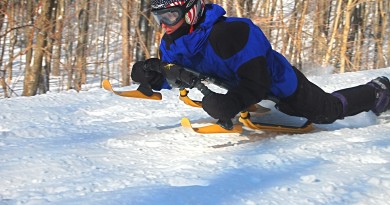Speak Up: A Plan for Change
By Mike Donohue
As co-owner of the Outdoor Gear Exchange, I spend my time outfitting Vermonters and visitors with gear to help them recreate in Vermont’s woods, lakes and mountains. It’s an environment that I revere, and one I have personally seen change in the more than 20 years that I have been in Vermont.
This past year was the warmest on record and unless we address the trend in climate change, I fear the jobs we’ve created and those of many similar businesses in our state will be in jeopardy.
Climate change is scientifically irrefutable, but it’s an issue that is so large and overwhelming that it can be hard to grasp how any individual’s actions could have an impact. I have solar panels on my roof, I heat my home with wood that I cut myself, I drive a Prius, and I buy my food from local producers. It’s a lot. But it’s not enough.
My actions need to be complemented by the actions of my neighbors and their neighbors in order to have an impact. Together, we need to come up with a broader plan for our local community and other communities inside and outside the borders of our state. Climate change is the environmental behemoth of our generation. The only way we can tackle the issue is to work together—citizens and businesses and local government—to devise creative strategies to preempt the continued effects of climate change.
While my individual actions and the cumulative actions of all Vermonters are a tiny fraction of the actions of the earth’s 7.3 billion human inhabitants, I see the impact that working to proactively develop a climate change action plan can have. I know it can strengthen our communities and improve our quality of life statewide while also protecting our environment.
For example, Green Mountain Power (GMP) has worked with select homeowners on its pilot eHomes initiative. The program retrofits existing homes with efficient appliances and lighting, improves weatherization and uses smart switches and thermostats to further reduce residential energy use. Homes that are part of the program have drastically reduced their fossil fuel usage, and they’ve also become more comfortable—warmer in the winter and cooler in the summer–and livable.
The program also empowers homeowners to have control over their energy use. Smart switches let home owners control their thermostat from their phone. Upgrades are billed monthly through the homeowner’s GMP statement and homeowners typically pay the same or less than they did for energy alone. Another bonus of the program is that it creates jobs for contractors doing home energy audits and retrofits.
New thinking like this can not only transform our homes but also our downtowns and our working rural landscape in Vermont. By looking at the full spectrum of issues—agriculture, transportation, tourism, waste management, energy production, financing and more–we can become leaders in adapting our region to climate change while reducing our carbon footprint. That positions Vermont as a leader, with knowledge to share with other regions, while continuing to strengthen our local economy.
Last fall, the Vermont Council on Rural Development hosted a series of forums on Vermont’s Climate Change Economy—part of an initiative to help Vermont address the coming challenges posed by climate change, reduce our footprint and strengthen the state economy at the same time. Innovative and thoughtful local speakers and participants from throughout the state contributed their ideas and perspectives to a climate economy plan being developed for the governor and legislature.
By taking action and sharing the knowledge we develop along the way, we help protect Vermont’s natural beauty and we help to mitigate the impacts of climate change globally. This means that we can continue to recreate in the mountains and cliffs and lakes and forests we revere, and that we can share that beauty with our friends and family and visitors for generations to come.
Mike Donohue is the co-owner and Chief Instigating Officer at Outdoor Gear Exchange




